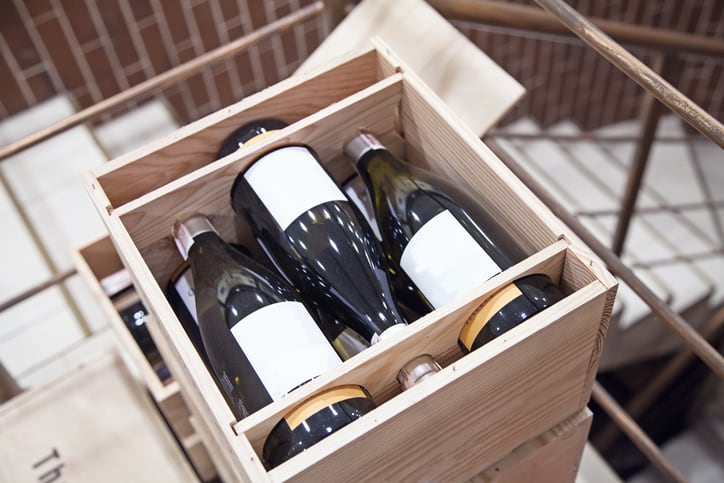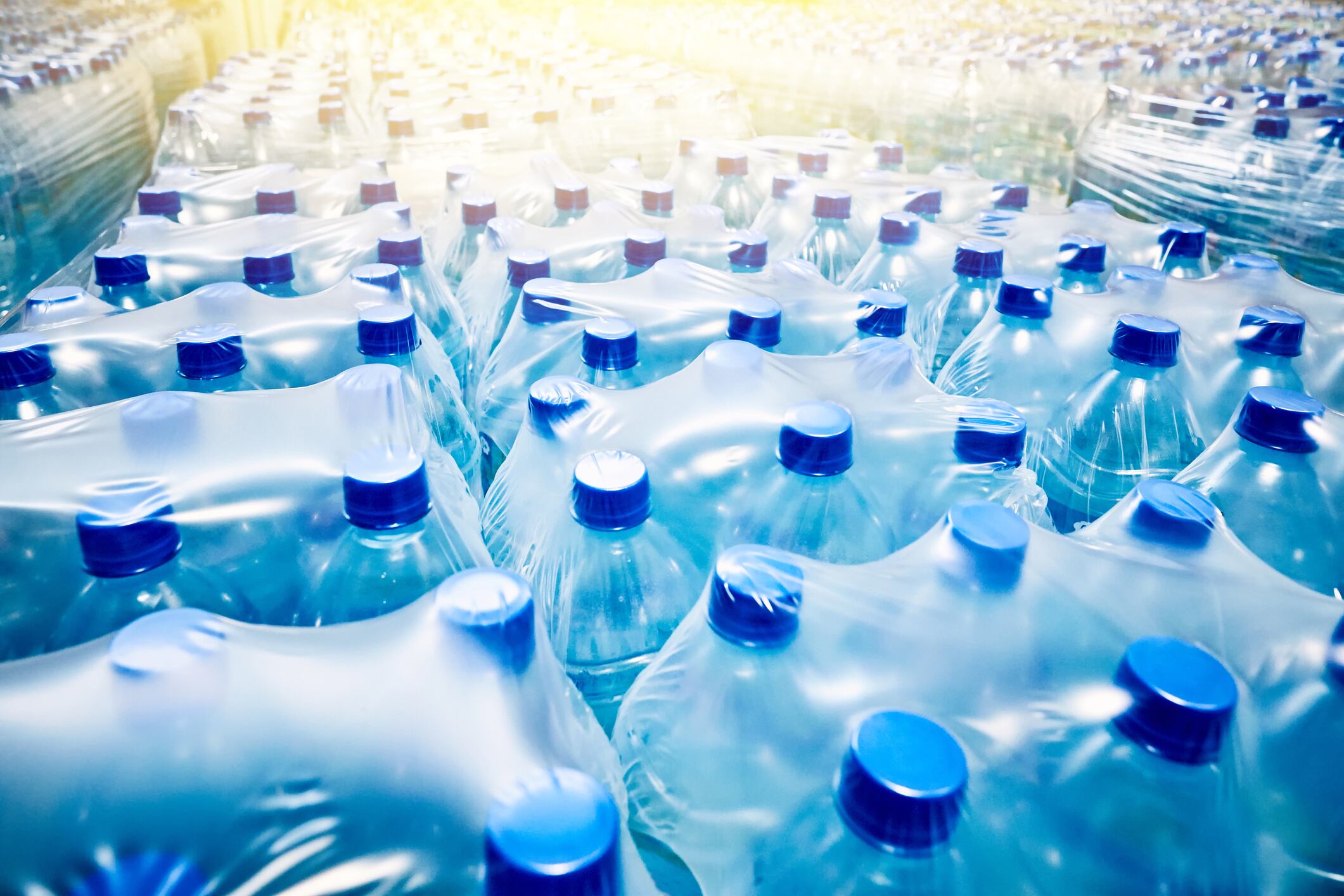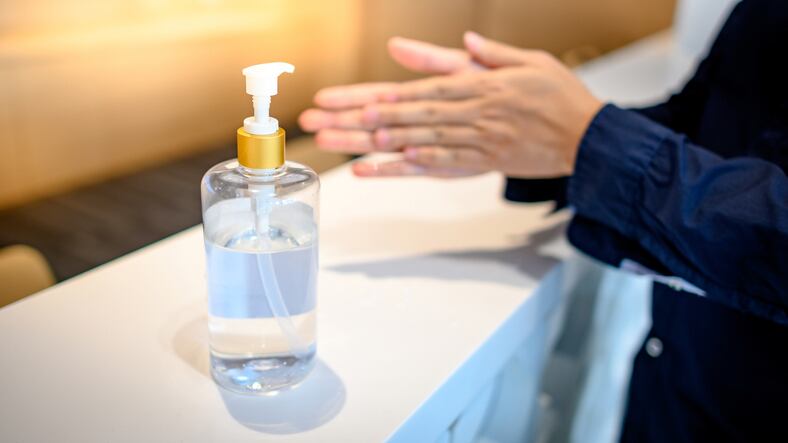There are months of uncertainty ahead for the global economy, and beverage has been adapting to the current circumstances of quarantine and social distancing. But it’s affecting things differently; jobs have been lost in many places while other sectors thrive.
Trying to stay on top of the changing category, Rabobank analyzed the immediate impacts from the coronavirus on both alcoholic and non-alcoholic beverages. The closures of bars and restaurants is hurting alcohol, while stocking up at grocery stores bolsters other drink sectors.
Alcohol is facing a particularly tricky time. Many US states have shuttered bars, pubs and nightclubs to curb the spread of the coronavirus. Restaurants are still open, but only for pickup and delivery service. And liquor stores are able to remain open in some places, but it’s been a gray area.
On vs off-premise
Food delivery locations that also serve alcohol have temporarily been able to deliver alcohol in certain states. But even with this allowance, on-premise alcohol is taking a huge hit. The cancellation of major events like St. Patrick’s Day and college basketball’s March Madness tournament is impacting total alcohol consumption.
During a typical month, the US on-premise channel sells about $10bn of alcohol. But Rabobank predicts that if the ban on sit-down dining lasts at least two months, the channel could see losses of between $15-$20bn in alcohol alone.
Tasting rooms and tap rooms at wineries and craft breweries have been shut down, threatening the strong culture of small businesses in the US. Rabobank reported that winery tasting room sales were down 40% during the first two weekends in March, compared to the February average.
The Brewers Association found in a survey that its median member expects at least a 60% volume decline in March, and only 10% think they will avoid layoffs. Craft brewers with substantial off-premise distribution will stand a better chance, but beer is limited in direct-to-consumer sales.
In the off-premise, alcohol sales are growing significantly as consumers stock up for isolation and quarantine. Certain states sell alcohol from grocery stores, while others are still operating liquor stores. Shoppers are primarily looking for larger formats and lower-priced products.
E-commerce channels for alcohol have been doing particularly well. Delivery platform Drizly reported that sales from new customers are 500% higher now than they were just weeks ago, and sales from repeat customers have increased 125%. Similarly, Wine.com saw sales triple the weekend of March 14-15.
“For brand owners, perhaps this is the wake-up call they needed to start investing resources in ecommerce,” Rabobank said.
Questions for the path ahead
Non-alcoholic drinks are having an easier time in the context of the pandemic. Supermarkets are seeing record sales of many categories, including bottled water, as consumers stock up on ‘essentials.’ Rabobank finds that growth is particularly strong for healthier beverages, like isotonics, coffee and tea.
Continued social isolation may also lead to a rise in popularity of at-home drink machines, single-serve coffee or soda-stream type appliances. There has been an impact on coffee shops, which face similar challenges to craft beer, though online sales and to-go offerings are more viable for coffee.
Companies told Rabobank that they are responding to the crisis by prioritizing the health and safety of their employees, waiving rules restricting on-premise alcohol sales for off-premise consumption, and lobbying the federal government to be included in any financial aid package.
They are also drawing down revolving loans to preserve cash flow, promoting at-home consumption occasions, and wineries are outreaching to consumers to compensate for lost tasting room sales.
Rabobank encourages beverage brands to examine several questions as the global health crisis continues, including: if we assume this will lead us into a recession, how deep and long-lasting will it be? How will the decline in the stock market value affect spending by retirees?
Could the current shock disrupt longer-term trends, such as premiumization? And what will the on-premise recovery look like?



